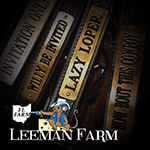In 2011, APHA implemented an Adult Walk Trot division and in 2016, AQHA followed suit. The primary purpose for these new divisions is to get more people involved in the industry while giving novice riders, or riders with physical limitations, a place to show and be competitive.
For the most part, it has been a success with these classes being some of the largest at the show. APHA even added them to their World Show. However, with these positives, some have argued that this division is being abused by riders who should be showing in a tougher division due to taking prizes and glory away from the people for whom these classes were originally designed.
GoHorseShow asked several competitors, trainers, and judges what they think of these classes. Do they believe the division is being abused? Do they believe this division helps or hurts the industry? We also asked whether they have any suggestions for making it better. Scott Neuman – I think the walk trot division is essential in capturing both beginner exhibitors and any other exhibitors who, for any reason, are unable to lope. In the future, we will see the walk trot classes be wildly successful, very well entered and extremely competitive.
Scott Neuman – I think the walk trot division is essential in capturing both beginner exhibitors and any other exhibitors who, for any reason, are unable to lope. In the future, we will see the walk trot classes be wildly successful, very well entered and extremely competitive.
Are they abused? Yes, of course, but no more so than any other division for showing. Stretching the limits of eligibility is inherent in any sport. This is no different. Rules of the organizations may have to be tweaked, but ultimately, the appropriate competitors will be in these classes.
The only drawback is that they add another division to an already crammed show schedule. That being said, I think the ingenuity of show managers and committees will find a way to include all the classes and still make the shows enjoyable.
 Ceralena Gray – I love the walk trot division. I think it gives so many horses and riders an opportunity that they might not otherwise have. There are so many horses that might not be great lopers, but the walk trot division still gives them a purpose and a job. There are so many riders that may be new to showing who aren’t ready to lope or I’ve had some that can’t physically lope a horse, but they still want to show.
Ceralena Gray – I love the walk trot division. I think it gives so many horses and riders an opportunity that they might not otherwise have. There are so many horses that might not be great lopers, but the walk trot division still gives them a purpose and a job. There are so many riders that may be new to showing who aren’t ready to lope or I’ve had some that can’t physically lope a horse, but they still want to show.
The only thing I would change is having an 18 and under walk trot. We have it for the younger youth and the amateurs but what about those kids that don’t start riding until they are 15? It’s not fair to throw them into the novice pleasure when they just started riding a few months before.
I don’t think we should tell people “no you can’t show in it” for any reason. I think if you are walk trot and you lope then you should have to stay lope for the rest of that year. But January 1, you should be able to go back to walk trot if you like. I’ve had clients get a new horse or a young horse and not be ready to lope but still want to show. So why not let them? All of the shows are seeing small numbers, but the walk trot divisions are always huge.
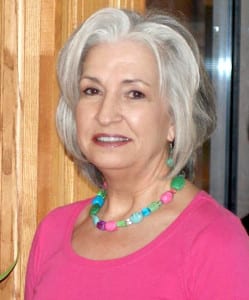 Debra Jarvis – As an approved judge for several different breed associations, I see many facets of the walk trot division. Overall, I believe this division has an important role within the industry if kept within the outline of the original purpose. It should be a place for exhibitors who are new to showing to get experience at a comfortable level, or as a place for exhibitors and horses with limitations to have a fair playing field.
Debra Jarvis – As an approved judge for several different breed associations, I see many facets of the walk trot division. Overall, I believe this division has an important role within the industry if kept within the outline of the original purpose. It should be a place for exhibitors who are new to showing to get experience at a comfortable level, or as a place for exhibitors and horses with limitations to have a fair playing field.
I commonly see exhibitors and horses who do not fit these categories participating in the walk trot division when they should be and often do exhibit in the next level of competition. This is discouraging to those entry-level exhibitors or those with limitations. As a whole, I believe most judges find this distracting as well. There need to be some outlines stipulated within the rules to get the division back to its original purpose.
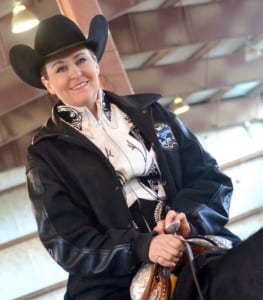 Melissa Shetler – I think it’s a great division for those who need to build confidence or those who are only comfortable at the walk and jog. It allows those people to participate in AQHA shows at a level they can compete. I honestly haven’t seen it abused in our area, but if it does become an issue, then rules should be implemented to prevent that. Maybe a point limit per class would allow the playing field to remain level. But with that in mind, some riders never become comfortable at the canter. So, I feel this division allows those riders to participate in AQHA when they otherwise would not.
Melissa Shetler – I think it’s a great division for those who need to build confidence or those who are only comfortable at the walk and jog. It allows those people to participate in AQHA shows at a level they can compete. I honestly haven’t seen it abused in our area, but if it does become an issue, then rules should be implemented to prevent that. Maybe a point limit per class would allow the playing field to remain level. But with that in mind, some riders never become comfortable at the canter. So, I feel this division allows those riders to participate in AQHA when they otherwise would not.
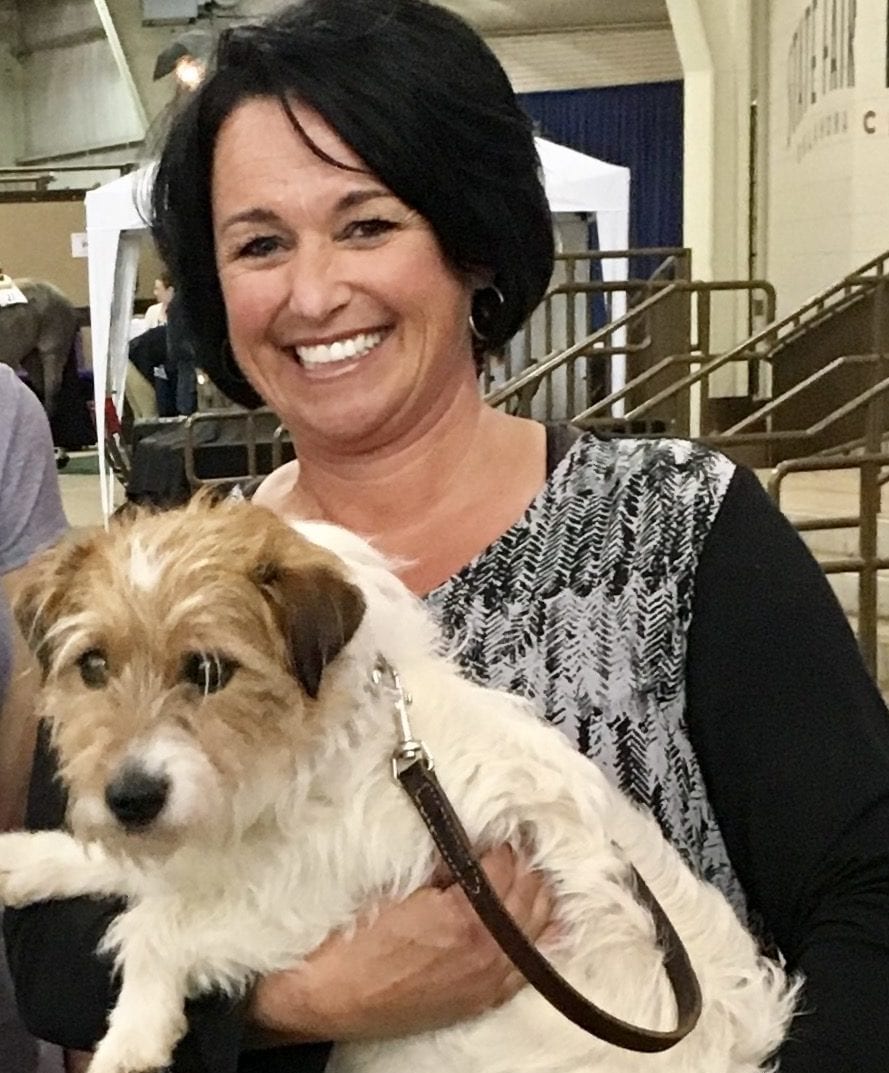 Kelly Boles Chapman – Initially, I was skeptical, only because our shows in all breeds have so many classes now, to add one more division makes for a very long day. However, I’m fully supportive now. I’ve seen nothing but positive growth in these divisions (youth and adult), and I’ve seen absolutely no abuse by exhibitors entering these classes, such as an over-qualified rider entering just to win.
Kelly Boles Chapman – Initially, I was skeptical, only because our shows in all breeds have so many classes now, to add one more division makes for a very long day. However, I’m fully supportive now. I’ve seen nothing but positive growth in these divisions (youth and adult), and I’ve seen absolutely no abuse by exhibitors entering these classes, such as an over-qualified rider entering just to win.
I think it’s a great place for riders who may not have the skills or confidence to lope or canter, or perhaps have a horse that doesn’t do the third gear that well either. At any rate, I think we would be hard pressed not to consider the walk trot division a success.
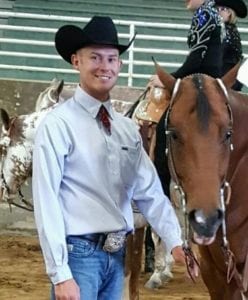 Brian Henry– I love the walk trot division. I think it offers options for so many different situations. I think it’s an excellent division for a young horse to build confidence in all of the events. I also believe it’s a great option for someone new to showing or for an exhibitor who hasn’t shown in a long time. Finally, I believe that it’s a perfect place for the horses that just aren’t strong lopers. I feel like we have created a great market for a whole new set of horses as well as a great place for people to show, build confidence and have a very good time.
Brian Henry– I love the walk trot division. I think it offers options for so many different situations. I think it’s an excellent division for a young horse to build confidence in all of the events. I also believe it’s a great option for someone new to showing or for an exhibitor who hasn’t shown in a long time. Finally, I believe that it’s a perfect place for the horses that just aren’t strong lopers. I feel like we have created a great market for a whole new set of horses as well as a great place for people to show, build confidence and have a very good time.
Are there people that abuse it? Absolutely! We have seen walk trot people loping around the horse shows changing leads in the warm up arena.
However, I feel like it’s hard to make changes to the way the rule is currently written without limiting the honest people who need and want to compete in that division. I think at the end of the day, it comes down to being accountable to yourself and having good integrity. The person who is loping around at the shows in the warm up can’t feel that they are challenging themselves or their horse to be better if they are capable right?
So at the end of the day, I have to say I love the walk trot division and I’m so glad to have clients who show in this division for all of the many reasons I listed above and I’m thankful to our associations for offering it.
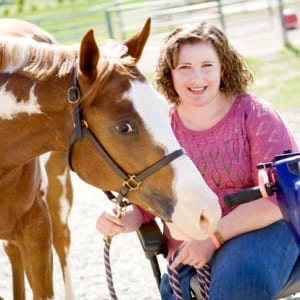 Katie Holland – I like the division. I just got my horse in March, so it has helped me gain confidence in her. I have not seen anyone abuse it, I think that everyone I have shown against is either just starting, has a young horse, or does not have enough confidence yet to do loping classes.
Katie Holland – I like the division. I just got my horse in March, so it has helped me gain confidence in her. I have not seen anyone abuse it, I think that everyone I have shown against is either just starting, has a young horse, or does not have enough confidence yet to do loping classes.
The only worry I have is that once I want to do the loping classes, I might be bumped up to amateur instead of novice because I have won some buckles, even though they were in the walk/trot classes. However, I have not looked into it yet. I would also love to see the showmanship walk/trot class not just walking but also walk and jogging.
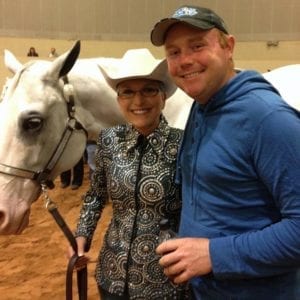 Blake Carney – When I first saw the addition of the amateur walk trot division, I was worried. I saw it as a bit of a loss to the prestige of breed shows. As the program started showing some promise, I very quickly saw it as a primary way to get people who might never show at a breed show involved, and I now love the camaraderie you see with this group.
Blake Carney – When I first saw the addition of the amateur walk trot division, I was worried. I saw it as a bit of a loss to the prestige of breed shows. As the program started showing some promise, I very quickly saw it as a primary way to get people who might never show at a breed show involved, and I now love the camaraderie you see with this group.
My problem with it is how there aren’t any real limits on who can join the division, and I do see people use the classes as a way to get young horses experience while they are learning and this does often feel like a slippery slope. I have noticed a decline in the novice amateur division as well because of this.
My favorite walk trotter is the mom who had watched her kid show for years and is now getting her chance or an older person who was involved in the breed show for many years but is finding that loping or cantering just isn’t possible anymore. We are so fortunate that the walk trot division in the south at APHA shows are very competitive and very fun to watch.
 Chris Gray – Upon its introduction, I had significant reservations about the level 1 walk trot division. However, after watching these classes for the past few years, I feel like they are working as intended. These classes create a place for a beginner, and or timid riders to participate at AQHA shows. I believe that these classes are being met with a positive attitude, and perpetuate growth for our industry. I have not personally witnessed anyone abusing their eligibility for this division.
Chris Gray – Upon its introduction, I had significant reservations about the level 1 walk trot division. However, after watching these classes for the past few years, I feel like they are working as intended. These classes create a place for a beginner, and or timid riders to participate at AQHA shows. I believe that these classes are being met with a positive attitude, and perpetuate growth for our industry. I have not personally witnessed anyone abusing their eligibility for this division.
 Elizabeth Spike Brewer – The amateur walk trot events for the APHA have had some of the biggest participation increases and are, in some regions, the largest classes at the shows. Adding this division was bringing in new exhibitors to the APHA and likely AQHA, which is a huge plus.
Elizabeth Spike Brewer – The amateur walk trot events for the APHA have had some of the biggest participation increases and are, in some regions, the largest classes at the shows. Adding this division was bringing in new exhibitors to the APHA and likely AQHA, which is a huge plus.
From the APHA side, the intent of adding this division was solely to serve the novice rider before they were ready for the three gaited novice classes; the exhibitor who simply did not feel comfortable for personal or health related reasons to exhibit in three gaited classes.
So, for the folks it was indeed intended for, I think it is working great. We are seeing new faces who we likely would have never got to bring into our organization because we have offered a division where they feel comfortable and confident in competing. This brings revenue to the regional shows, trainers and the market of folks shopping for a horse. Some horses who may not have a definite lope, but are super minded and ideal for the walk trot now are in high demand.
But, as with anything new, there are always drawbacks. One of the biggest I have witnessed are the exhibitors who have no physical issues, no history of illness or anything health related, but are only staying in the division solely because they are more competitive and can win a lot more prizes. Those folks are the ones who are giving the entire program a bad name.
Per APHA rules, any amateur, regardless of how extensive or non-existent their show record is, can only request to participate in the division. Someone who wins five World Champion titles this year has 10,000-lifetime points and no physical issues that hinder them can only decide to reclassify their card as a walk/trot exhibitor with no questions asked. It is that simple and APHA does not have any point or earning caps at this time. Being a new program, we wanted to launch it and see the response before putting too many regulations on it. In the beginning, the classes were not intended to be offered at the APHA World Show, but because it was so popular, they have been offered at the past few APHA World Shows.
This exact topic is one that the APHA Amateur Committee has spent a lot of time discussing and trying to figure out ways we can regulate rules to make it tougher for someone to get a walk trot card. We cannot legislate morality so the folks who abuse the system and choose the division simply because they can be a superstar are going to do it as long as they can. It is something the Amateur Committee is aware of, and it is on our radar of things that we need to re-evaluate in the years to come. We again want to be as inclusive as we can so that is always our number one priority.
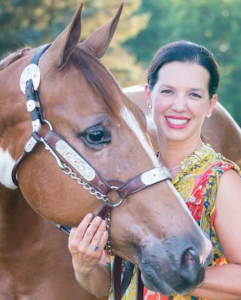 Vanessa Froman – It has been a great avenue for a select group of exhibitors who have physical limitations that puts them at a disadvantage in the higher divisions. But we often see, particularly in the big shows, some exhibitors that do not fall in either of those categories.
Vanessa Froman – It has been a great avenue for a select group of exhibitors who have physical limitations that puts them at a disadvantage in the higher divisions. But we often see, particularly in the big shows, some exhibitors that do not fall in either of those categories.
It is abused like most rules are. As an industry, and really as a society, it is nearly impossible to create enough rules to make people have a moral compass. The original plan for this division was to be an entry level class to bring in new exhibitors who would move up into novice and ultimately amateur.
This class is personal for me because of my mother who shows in it. She works harder than anyone else just to be able to walk her showmanship pattern with as little limping as possible. We always joke that thankfully the exhibitor is not judged on lameness, otherwise, she would be excused every time.
My mother has horrible Rheumatoid Arthritis; you can see it in her hands the most. She had given up on showing Showmanship and was close to retiring from showing all together before APHA had introduced the division. It has given her so much joy to be able to compete in APHA with her grandchildren and daughters.
It just pains me to see her get discouraged when she has to compete against someone who apparently can hold their own in the Amateur classes. But Jenell Pogue preaches to us that we just have to show our show and compete against ourselves. We can’t control the rest.
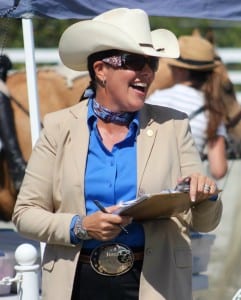 Jodie Moore – It has provided a venue for exhibitors to show young horses that were not ready to lope competitively yet, as well as for my amateurs that were intimidated by loping or not willing to lope or who were at an age or physical point in their lives that loping wasn’t a viable option.
Jodie Moore – It has provided a venue for exhibitors to show young horses that were not ready to lope competitively yet, as well as for my amateurs that were intimidated by loping or not willing to lope or who were at an age or physical point in their lives that loping wasn’t a viable option.
I do not have a single client that has wanted to stay in that category, and they have used it as a stepping stone to the next level. It did not take long to see the level of horses that came to the party made it not so attractive anymore for some of the other exhibitors. Personally, I had several clients jump into novice amateur just to get out of the walk trot division due to the level of horse that started appearing after the first two years.
While I do think the positives very much outweigh out the negatives for what it has done for the industry, it comes with its own set of pitfalls. In an ideal world, you could break it down into several categories, but I don’t think you have the numbers to do that. Some exhibitors are going to remain in that category their entire showing careers if they are having success, regardless if they are ready to move up or their horses are quality lopers.
Do you like the walk trot division? Is there anything you would change about it? Let us know!




